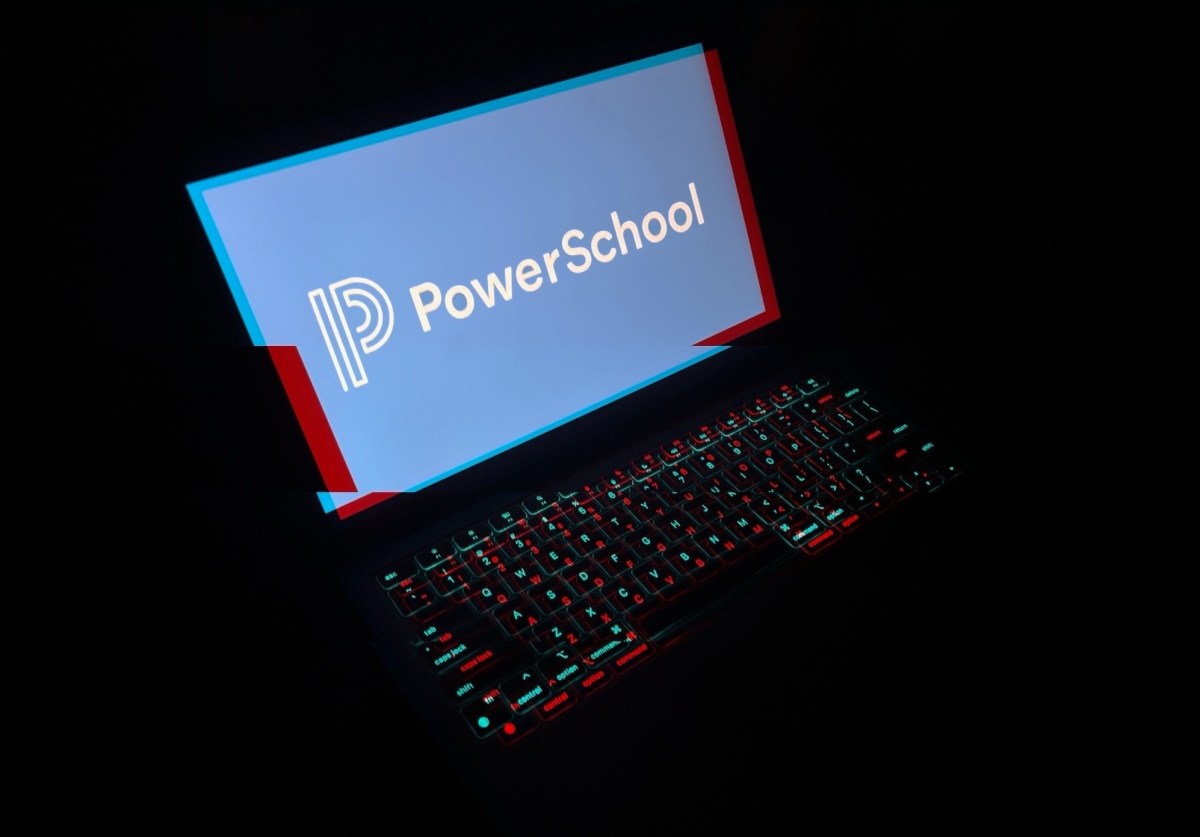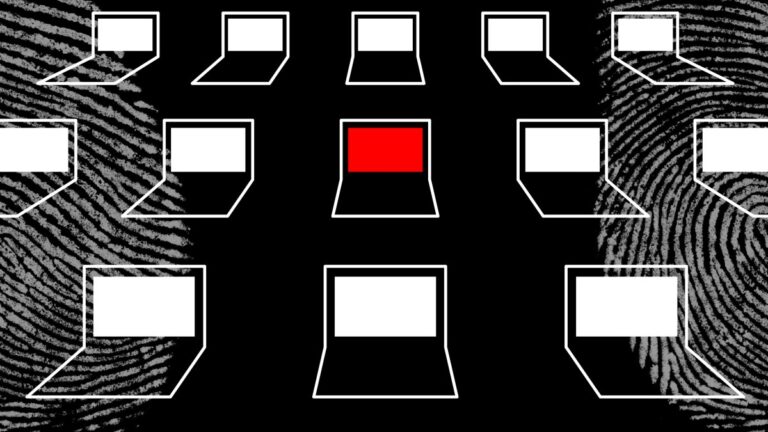Cybersecurity Breach: Malware Compromises PowerSchool Engineer’s Passwords from Hacked Computer
In a significant cyberattack and data breach, PowerSchool, a leading U.S. education technology (edtech) company, has put the private data of millions of schoolchildren and teachers at risk. Discovered on December 28, the breach has raised serious concerns regarding the security measures in place to protect sensitive information.
Details of the PowerSchool Cyberattack
PowerSchool reported that the breach was linked to a compromised account belonging to a subcontractor. Additionally, a separate incident involving a PowerSchool software engineer revealed that their computer was infected with malware that stole company credentials prior to the cyberattack.
Security Concerns and Compromised Data
This incident has highlighted significant vulnerabilities in PowerSchool’s security practices, especially following its acquisition by Bain Capital for $5.6 billion last year. PowerSchool has disclosed minimal details about the breach as affected school districts begin notifying their communities.
- Affected Users: PowerSchool’s software serves over 60 million students across 18,000 schools in North America.
- Type of Data Compromised: Sensitive personal information, including Social Security numbers, grades, demographics, and medical data.
- Extent of Breach: Several school districts reported that hackers stole all historical data related to students and teachers.
Some affected school districts have confirmed the exfiltration of highly sensitive data, including parental access rights and medical information for specific students. The exact number of affected individuals remains uncertain as PowerSchool continues its investigation.
Investigation and Response Measures
According to sources, the breach was facilitated by unauthorized access through a maintenance account linked to a technical support subcontractor. PowerSchool has since implemented multi-factor authentication (MFA) to enhance security, which was previously not enabled on the compromised account.
PowerSchool is collaborating with incident response firm CrowdStrike to investigate the breach, with a report anticipated soon. However, PowerSchool has not confirmed whether it will publicly release the findings of this investigation.
Malware Involvement and Credential Theft
Insights from cybersecurity experts reveal that the engineer’s computer was compromised by LummaC2 infostealing malware, which may have facilitated the acquisition of sensitive credentials. This malware’s operation typically involves:
- Stealing saved passwords and browsing histories from compromised devices.
- Uploading stolen data to servers controlled by cybercriminals.
- Distributing credentials within underground networks.
The malware logs indicated that the engineer had access to PowerSchool’s internal systems, including its source code repositories and account management tools. The compromised credentials raised alarms about the effectiveness of PowerSchool’s password security measures.
Ongoing Challenges and Future Implications
As investigations continue, many questions remain regarding PowerSchool’s data breach and the handling of the incident. Affected school districts are relying on collaborative efforts to sift through logs and identify the full scope of data theft.
PowerSchool maintains that it has implemented robust password security protocols and has conducted a full password reset following the breach. However, the effectiveness of these measures will continue to be scrutinized as the educational community assesses the impact of the breach.
For more information about cyber security best practices, you can visit CISA.
In conclusion, the PowerSchool data breach underscores the critical need for enhanced cybersecurity measures in the edtech sector to protect sensitive information. As investigations unfold, both PowerSchool and affected school districts must prioritize transparency and effective communication with their communities.







